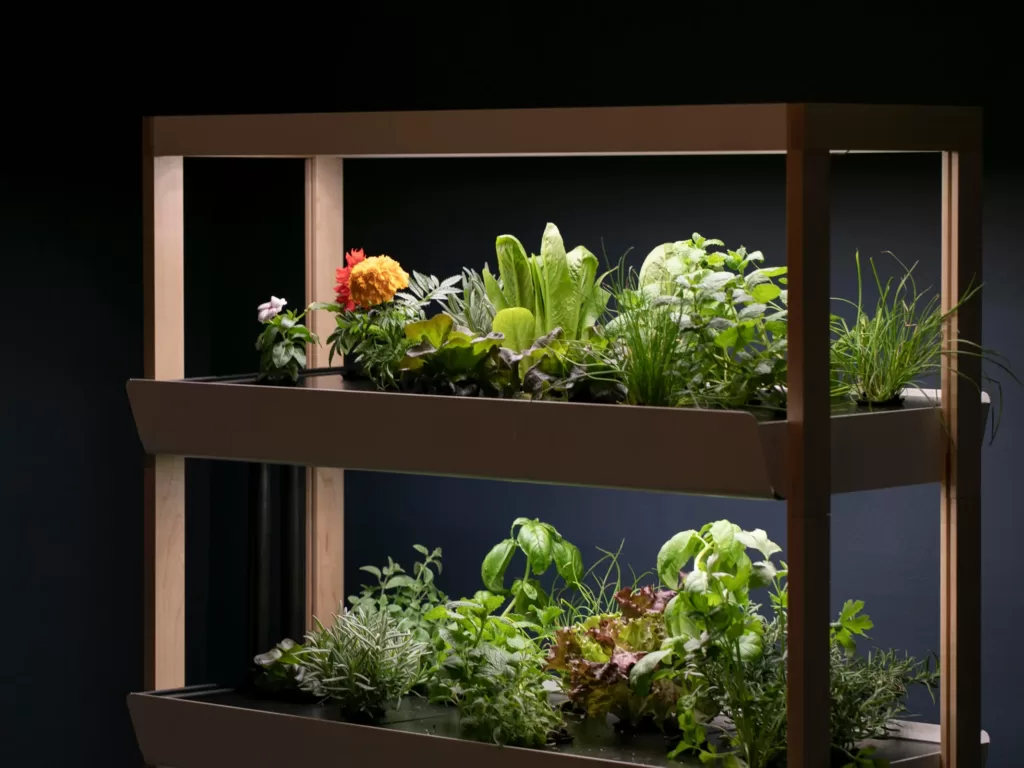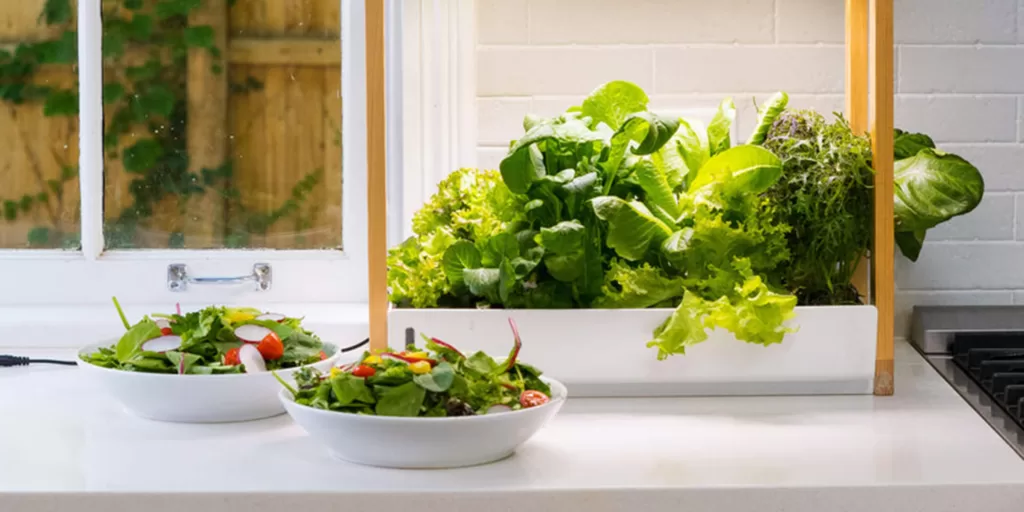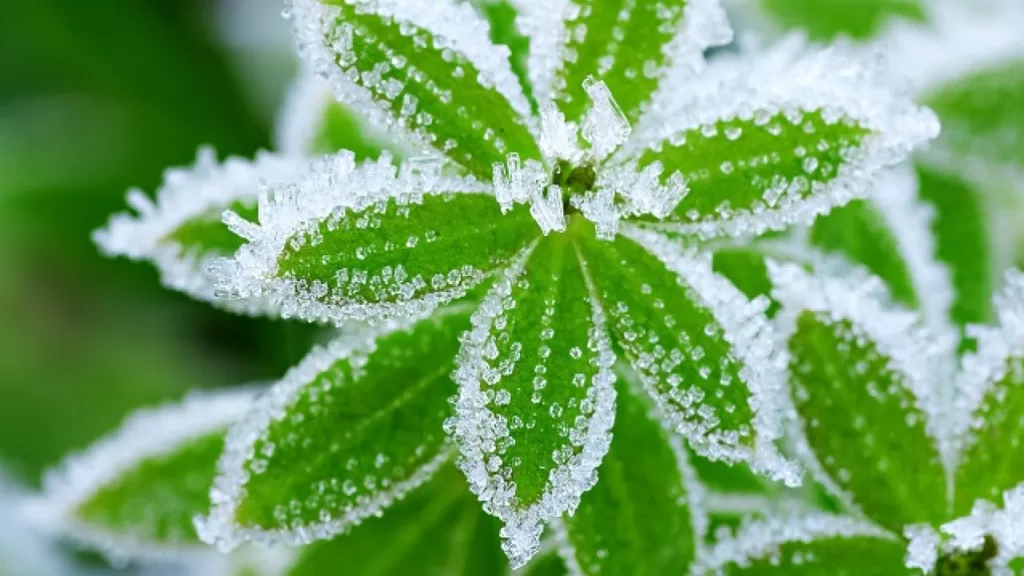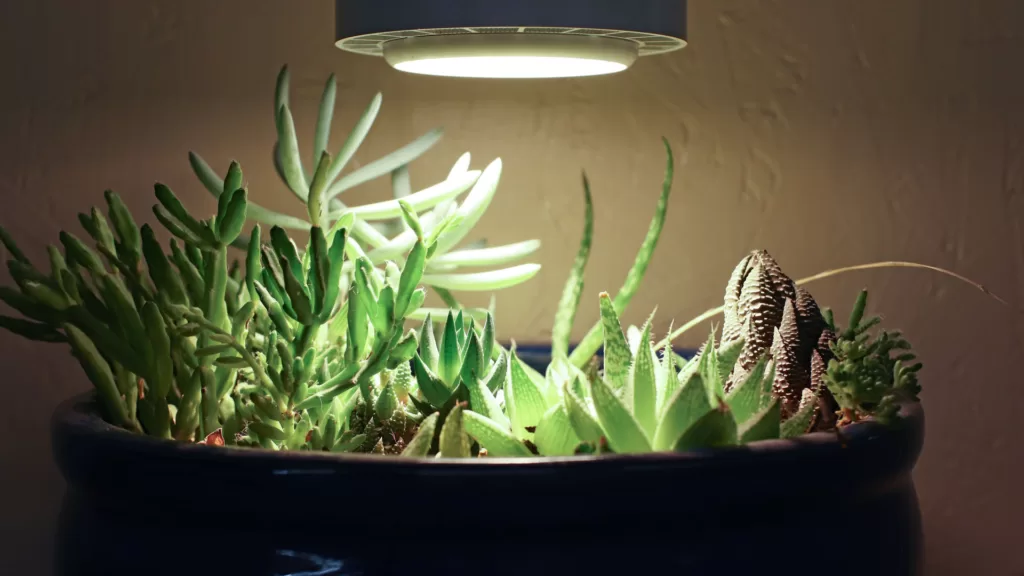Hydroponic gardening has revolutionized the way we grow leafy greens, offering advanced techniques that maximize space utilization and yield. In this comprehensive guide, we will explore cutting-edge hydroponic methods, effective pest and disease management strategies, water quality and pH management, troubleshooting tips, sustainable practices, cost considerations, and inspiring success stories. Discover how these techniques can elevate your hydroponic gardening experience and yield bountiful harvests of nutrient-rich leafy greens.
Advanced Hydroponic Techniques To truly optimize the growth of leafy greens, advanced hydroponic techniques like vertical farming, aeroponics, and nutrient film technique (NFT) systems can be employed. Vertical farming utilizes vertical space, allowing for multiple layers of plants, thereby increasing production without sacrificing square footage. Aeroponics suspends plant roots in a misted environment, promoting oxygen absorption and nutrient uptake. NFT systems circulate a thin film of nutrient-rich water over the plant roots, ensuring a constant supply of nutrients and water while maximizing efficiency.
Pest and Disease Management While hydroponic systems reduce the risk of pests and diseases, it’s essential to be prepared. Common pests such as aphids, whiteflies, and spider mites can still pose a threat. Integrated pest management (IPM) practices involving beneficial insects, such as ladybugs and lacewings, can help control pest populations. Maintaining proper hygiene and sanitation in the hydroponic setup is crucial to prevent the spread of diseases. Regularly inspecting plants for signs of pests or diseases and promptly taking action is vital for a healthy crop.
Water Quality and pH Management Maintaining optimal water quality and pH levels is fundamental for successful hydroponic gardening. Filtered water or water treated to remove impurities is essential to prevent clogs in the system and ensure the well-being of plants. Monitoring and adjusting pH levels are critical for nutrient absorption. Explaining the use of pH testing kits and pH adjustment solutions will help readers effectively manage pH levels in their hydroponic systems.
Troubleshooting Guide Addressing common issues that may arise during hydroponic cultivation is essential for success. Nutrient deficiencies or imbalances can manifest as wilting or yellowing of leaves and stunted growth. Providing a comprehensive troubleshooting guide will help readers identify the causes behind these issues and offer solutions. For instance, adjusting nutrient concentrations, improving water quality, or providing proper lighting can rectify common problems and restore plant health.
Sustainable Practices Highlight the sustainability aspect of hydroponic gardening by discussing practices that minimize environmental impact. Water conservation techniques, such as implementing a recirculating system and collecting rainwater, can significantly reduce water usage. Nutrient recycling, by reusing nutrient solutions or composting spent materials, contributes to a closed-loop system. Furthermore, utilizing renewable energy sources, such as solar panels, for lighting can make hydroponics an eco-friendly alternative to conventional farming.
Cost Considerations Discuss the initial investment and ongoing costs associated with hydroponic systems for growing leafy greens. Factors like equipment (grow lights, pumps, timers), nutrient solutions, and electricity consumption should be considered. However, emphasize the potential for long-term savings through reduced water usage and increased productivity. Highlight cost-saving tips, such as DIY systems or making your own nutrient solutions, to make hydroponics more accessible to budget-conscious individuals.

Success Stories and Case Studies Share inspiring success stories and case studies of individuals or communities who have achieved remarkable results with hydroponic leafy green cultivation. Highlight their experiences, challenges faced, and the benefits they have gained. These real-life examples serve as motivation and inspiration for readers embarking on their own hydroponic gardening journey. Showcase success stories of individuals who have achieved high yields, exceptional quality, and even commercial success through hydroponic systems. Include anecdotes about overcoming challenges and innovative approaches they have taken to optimize their setups. By sharing these stories, readers can gain valuable insights and practical tips from those who have already experienced success in hydroponic leafy green cultivation.
As you delve deeper into hydroponic gardening, exploring advanced techniques, implementing effective pest and disease management strategies, managing water quality and pH levels, troubleshooting common issues, and embracing sustainable practices, you will unlock the full potential of growing leafy greens. The combination of these factors will contribute to the success of your hydroponic system, allowing you to enjoy a continuous supply of fresh, nutrient-rich greens throughout the year. By optimizing growth, overcoming challenges, and adopting sustainable practices, you can truly master the art of hydroponic leafy green cultivation.
Resources and Further Reading: Provide readers with a list of recommended resources, including books, websites, and online communities, where they can find more information on advanced hydroponic techniques, pest and disease management, water quality and pH management, troubleshooting, sustainability practices, and cost considerations. Include related keywords like “advanced hydroponic techniques resources” and “hydroponic gardening forums” to direct readers to valuable sources of information and support.
By following this comprehensive guide, readers will gain the knowledge and confidence to explore advanced hydroponic techniques, effectively manage pests and diseases, maintain optimal water quality and pH levels, troubleshoot common issues, embrace sustainable practices, consider cost factors, and draw inspiration from successful hydroponic gardening stories. This article equips readers with the tools they need to take their hydroponic leafy green cultivation to new heights, achieving exceptional results and enjoying the benefits of this innovative and efficient gardening method.
How can I optimize the growth of leafy greens in my hydroponic system?
To optimize growth, ensure your hydroponic system provides the right conditions. Maintain proper lighting, temperature, and humidity levels. Use high-quality nutrient solutions and monitor pH levels regularly. Adequate airflow and spacing between plants are also crucial. Regularly trim and prune plants to promote healthy growth and prevent overcrowding.
What are some challenges I may face when growing leafy greens hydroponically?
Common challenges include nutrient imbalances, pH fluctuations, pests, diseases, and environmental factors. Nutrient deficiencies or excesses can affect plant growth, so closely monitor nutrient levels and adjust accordingly. pH fluctuations can impact nutrient absorption, so maintain pH within the recommended range. Implement integrated pest management practices and maintain good hygiene to prevent pests and diseases.
How can I prevent nutrient deficiencies in my hydroponic system?
Nutrient deficiencies can be prevented by ensuring a well-balanced nutrient solution. Follow recommended nutrient schedules and concentrations for each growth stage. Regularly monitor nutrient levels using electrical conductivity (EC) meters and adjust nutrient solutions accordingly. Additionally, provide adequate airflow to promote nutrient uptake by the roots.
What are some effective methods for controlling pests in hydroponic systems?
Integrated pest management (IPM) practices are effective in controlling pests. Use physical barriers, like mesh screens, to prevent pest entry. Introduce beneficial insects, such as ladybugs or predatory mites, to naturally control pest populations. Maintain cleanliness and remove any dead or decaying plant matter promptly. Regularly inspect plants for signs of pests and take immediate action if detected.
How can I manage pH fluctuations in my hydroponic system?
To manage pH fluctuations, regularly monitor the pH levels using a pH meter or test kit. Adjust the pH using pH-up or pH-down solutions to keep it within the optimal range. Buffering agents can help stabilize pH levels. Consider using pH-stable nutrient solutions or incorporate pH buffering media into your system.
Can I reuse the nutrient solution in my hydroponic system?
Reusing nutrient solutions is possible but requires careful monitoring and management. Over time, nutrient concentrations can change due to plant uptake and evaporation. Regularly test the nutrient solution and adjust nutrient levels as needed. It’s recommended to replace the nutrient solution after a certain number of cycles or when its quality becomes compromised.

How can I prevent algae growth in my hydroponic system?
Algae growth can be prevented by minimizing exposure to light. Use opaque or light-blocking materials for your system’s reservoir or cover it to prevent light penetration. Maintain proper water and nutrient solution hygiene, ensuring they are free from organic matter and debris that can fuel algae growth. Regularly clean and sanitize your system to control algae.
What can I do if my leafy greens are growing slowly or stunted?
Slow growth or stunted plants can be due to various factors. Check for nutrient deficiencies, ensure proper lighting intensity and duration, maintain optimal temperature and humidity, and monitor pH levels. Adjust any imbalances or unfavorable conditions accordingly. Also, ensure proper spacing between plants to prevent overcrowding, which can impede growth.
How can I ensure sustainable practices in my hydroponic system?
To promote sustainability, implement water conservation techniques like using recirculating systems and collecting and reusing runoff water. Consider nutrient recycling methods such as incorporating compost tea or vermiculture to reuse organic waste. Explore renewable energy sources for lighting, such as LED lights. Additionally, choose eco-friendly materials for your system setup, such as using sustainable growing media like coconut coir or rockwool.
Can I grow leafy greens hydroponically without using synthetic fertilizers?
Yes, you can opt for organic or natural nutrient solutions to grow leafy greens without synthetic fertilizers. Look for hydroponic nutrient solutions specifically formulated for organic gardening. Additionally, consider incorporating organic amendments like compost tea or seaweed extracts to provide natural nutrients to your plants.
What are some signs of overwatering in a hydroponic system?
Overwatering in a hydroponic system can lead to oxygen deprivation for the roots and hinder plant growth. Signs of overwatering include wilting despite adequate nutrient supply, yellowing leaves, root rot, or a foul odor in the system. Ensure proper drainage and aeration to avoid overwatering, and adjust watering frequency based on the specific needs of your plants.
Can I grow leafy greens hydroponically indoors?
Yes, hydroponic systems are well-suited for indoor gardening. Indoor setups allow you to have control over environmental conditions such as lighting, temperature, and humidity, creating an optimal growing environment for leafy greens. Choose appropriate lighting systems, such as full-spectrum LED lights, and provide adequate ventilation for air circulation.
Is it necessary to use artificial lighting for growing leafy greens hydroponically?
While natural sunlight is ideal, artificial lighting is necessary for indoor hydroponic setups or when growing leafy greens in areas with limited access to sunlight. Full-spectrum LED lights designed for plant growth provide the necessary light wavelengths for photosynthesis. Position the lights at the right distance from the plants to ensure proper light intensity.
How can I ensure proper pollination for flowering leafy greens in a hydroponic system?
Some leafy greens, like certain types of lettuce, can produce flowers and require pollination for seed production. In a hydroponic system, manual pollination can be done by gently shaking the flowers or using a soft brush to transfer pollen between flowers. Alternatively, introducing small fans or creating gentle airflow can aid in pollination.
Remember, these are general guidelines, and specific recommendations may vary depending on your chosen leafy greens and the specific characteristics of your hydroponic system. Regular monitoring, observation, and adjusting to the needs of your plants are essential for successful hydroponic gardening.






